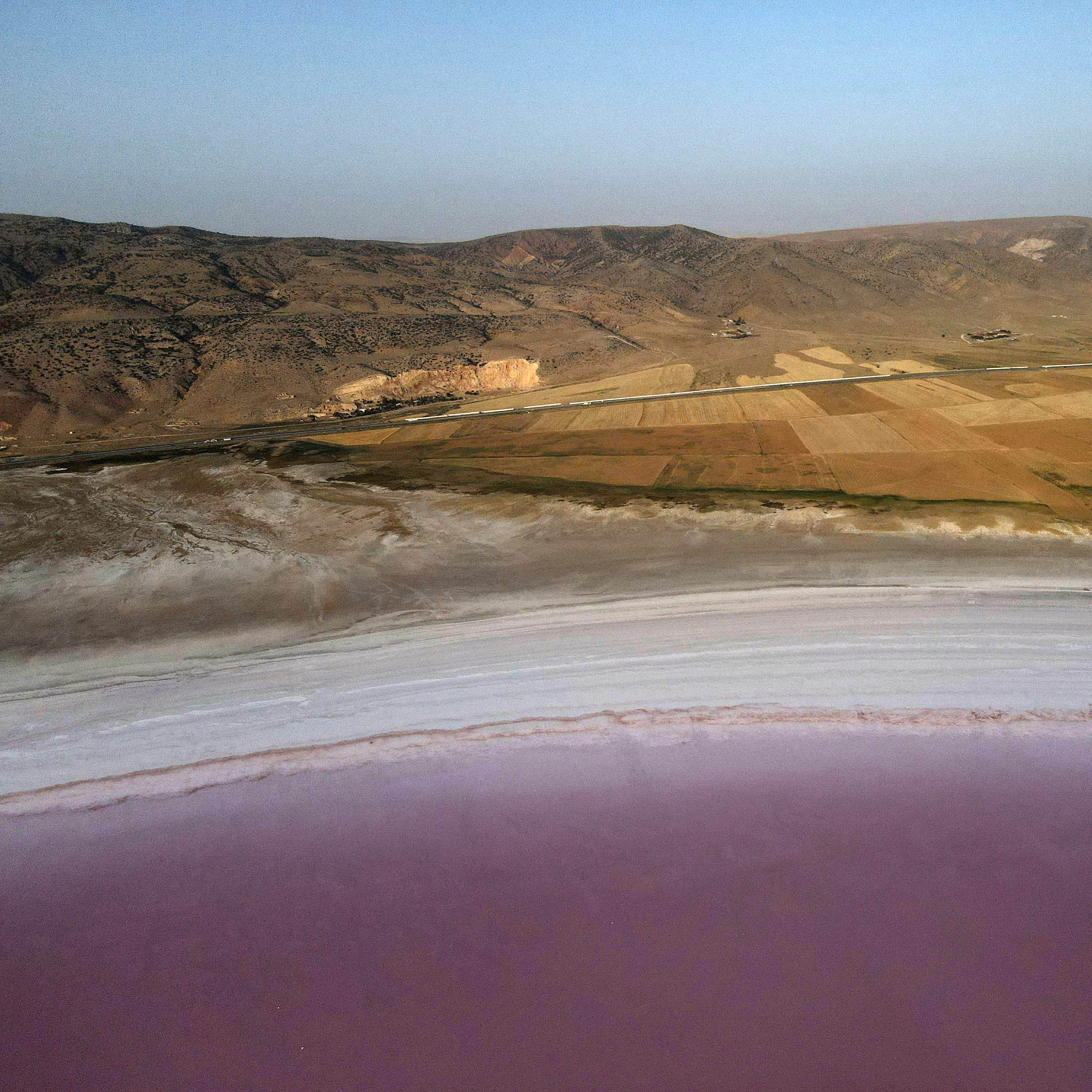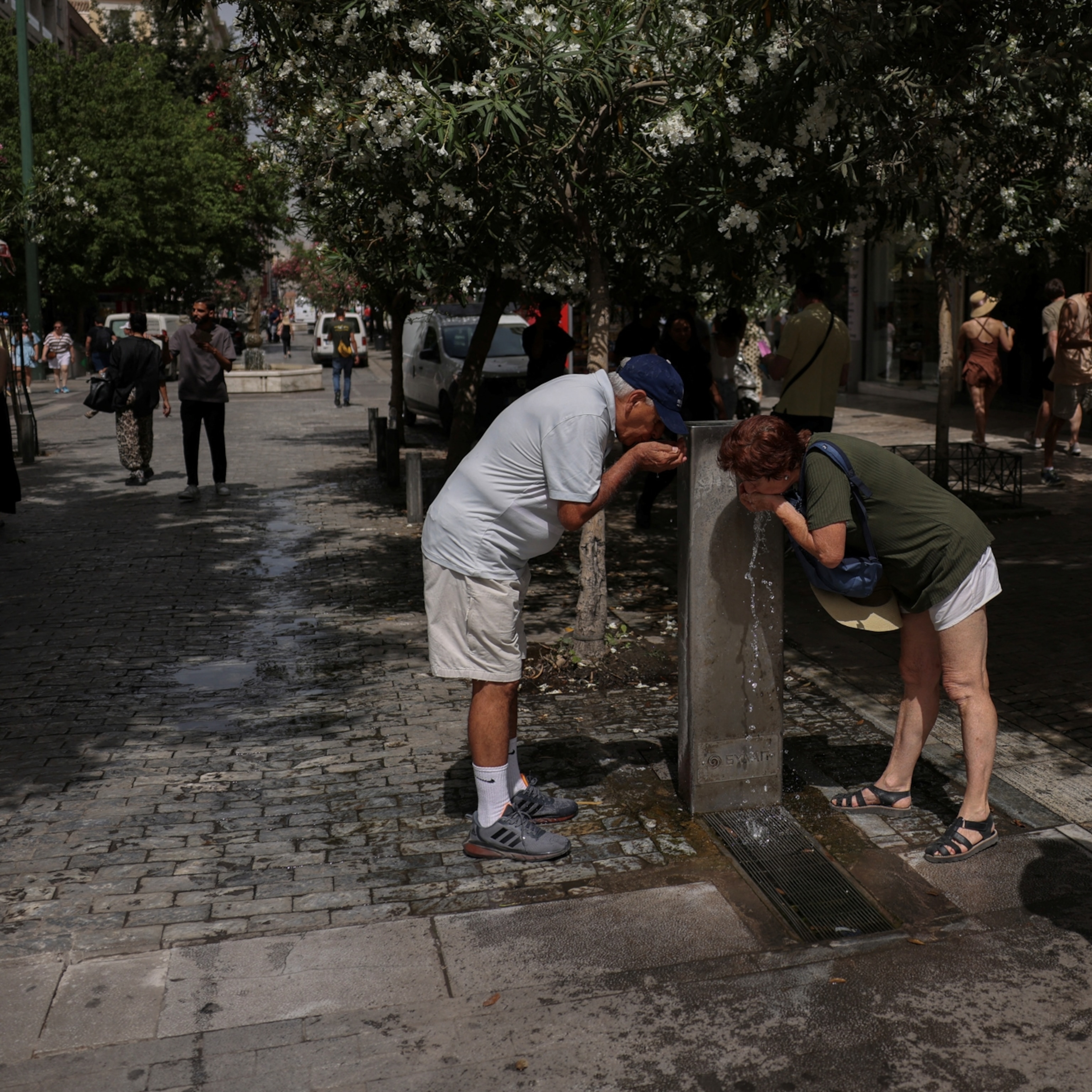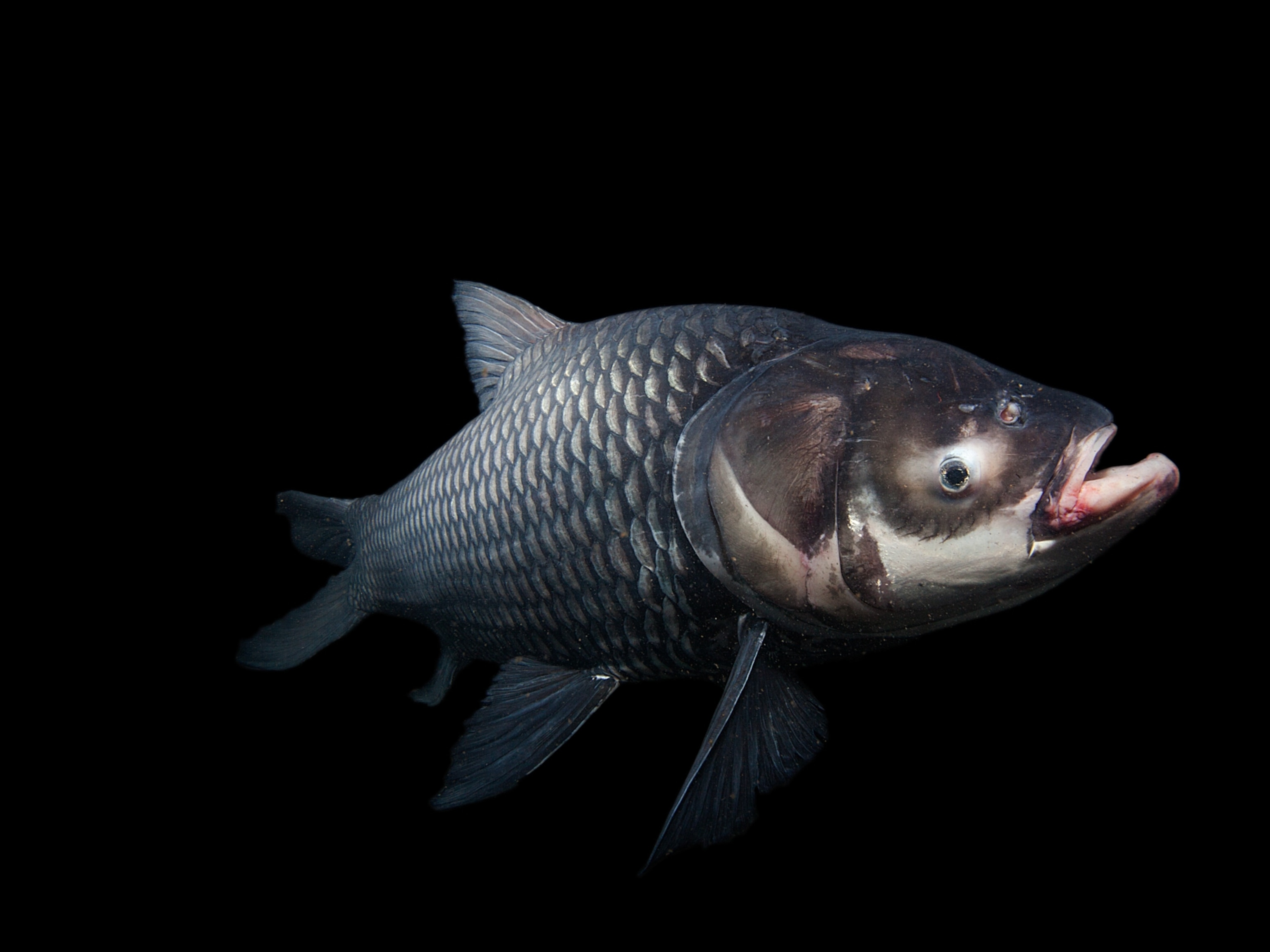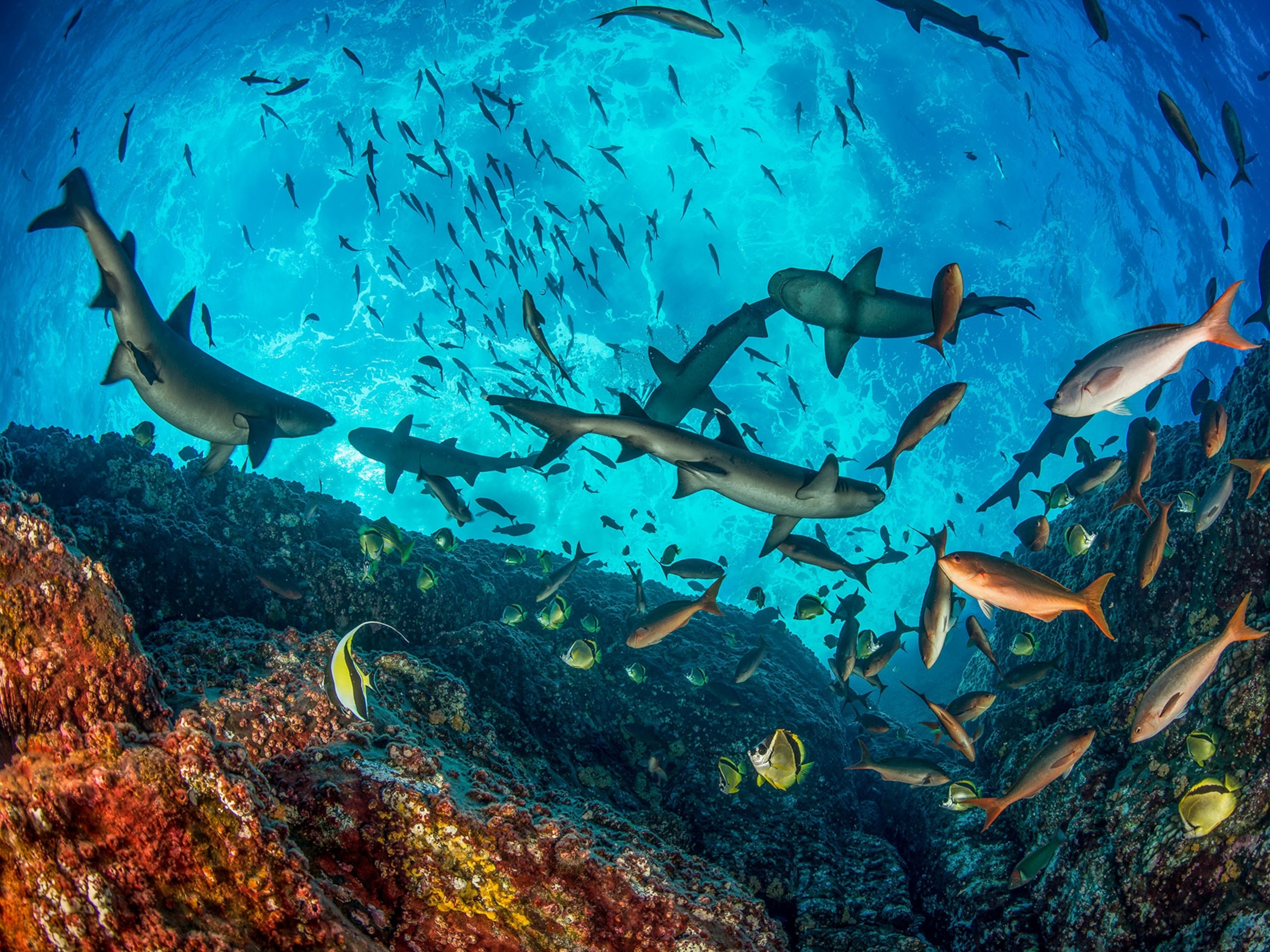
Saving the Colorado River Delta, One Habitat at a Time
A trickle of water is being returned to a few parts of the dried-out delta—and those parts are blooming.
San Luis Río Colorado, Mexico—Hector Patiño leaned against his shovel, taking a break from weeding. The sun beat down on his straw hat. His three friendly dogs flopped down in the shade.
Behind Patiño, 45, cottonwood and willow trees formed a dense thicket, interspersed with honey mesquite seedlings and a thick understory of shrubs. Bees swarmed. A crissal thrasher sang prettily. A pair of white-crowned sparrows chittered at the shadow of a marsh hawk passing overhead.
Just months ago, this area was a barren wasteland, said Patiño. But last April he and a crew of workers from the nearby village of Miguel Alemán planted the trees. With fertile soil and steady sun—and just enough irrigation water—the trees have already grown ten feet tall (three meters), enough to shade his dogs.
This 250-acre plot in the Mexicali Valley, south of Yuma on the Arizona border, is part of an innovative effort to restore small parts of the two-million-acre (8,100-square-kilometer) Colorado River Delta. Thanks to dams and canals that have diverted water to farm fields and cities, the Colorado no longer reaches the sea, and its delta has been desiccated. (See "8 Mighty Rivers Run Dry From Overuse.")
But now a coalition of environmentalists, community leaders, and governments, working under a U.S.-Mexico agreement that is allowing them to reclaim a small fraction of the river's water for the environment, are trying to reverse some of the damage in a few places, including Miguel Alemán. Patiño is the president of the local restoration committee.
Over the past few months, he said, migratory birds like warblers, sparrows, and woodpeckers have begun showing up again. Those animals have been followed by raptors, rattlesnakes, and coyotes.

What's more, the return of water is refilling the groundwater aquifer below. "This benefits our community, because people's house wells had been going dry," said Patiño.
Historic Agreement
Just a few miles upstream from the Miguel Alemán restoration site, Osvel Hinojosa Huerta took me to see the end of the Colorado, in a sandy stand of invasive salt cedar. The river that starts in the high Rocky Mountains, that cut the Grand Canyon, and that supplies 36 million people with sustenance finishes here as a muddy trickle. Ants picked at dead fish in the dust.
The river was once two miles (three kilometers) wide here, said Hinojosa Huerta, 39, who oversees delta restoration efforts for the Mexican environmental group Pronatura Noroeste. (In 2012 he was named a National Geographic emerging explorer.) Speaking from the shade of his wide-brimmed hat, Hinojosa Huerta explained that the delta, which included a million acres of wetland and riparian forest, was once one of the most biodiverse habitats in North America.
Map: The Colorado River Delta
It served as a critical stopover point for hundreds of migratory bird species and the winter or permanent home of dozens of species of waterbirds, including 75 percent of the world's endangered Yuma clapper rails, said Hinojosa Huerta. Local communities relied on its rich natural resources—until the Colorado's final dams went up in the 1960s, and the delta turned into desert.
Before 2004, conservationists were prevented—by Mexico's National Water Law and binational treaty—from "wasting" Colorado River water on the environment. But 17 years of negotiations by Hinojosa Huerta and others has led to agreements between the U.S. and Mexico that have paved the way for restoration.

Under a 2012 agreement known as Minute 319, the delta is to receive 158,088 acre-feet (195 million cubic meters) of water by 2017, when the agreement expires. Although that's less than one percent of the river's pre-dam flow, it will have a meaningful impact on wildlife, said Hinojosa Huerta.
A Pulse of Spring
Two-thirds of the water has already been provided, in equal parts by the U.S. and Mexican federal governments, as a single pulse of 105,392 acre-feet. It was released last March from Lake Mead through Hoover Dam. Over a period of about eight weeks, it flowed down the Colorado and into the river's original channel at Morelos Dam in Mexico.
The results have been dramatic, says Sandra Postel, director of the Global Water Policy Project and a National Geographic freshwater fellow. Thousands of trees sprang up along the banks. Groundwater was recharged. For the first time in many years, the Colorado River reached the sea—and a lot of people along the way.
"The river gave the town of San Luis Río Colorado its name, but many people living there had never seen it," says Postel. "Then they got their river back for a couple of weeks and there were big celebrations under the San Luis Bridge. It was amazing to see."
The ecological effects of the pulse flow are still being studied, but they are obvious in many places. In one area along the dry river channel, near a date palm plantation, Hinojosa Huerta pointed out lush undergrowth and a mini-forest of seedlings about two feet tall (about half a meter). An ash-throated flycatcher, a visiting migrant, studied us from a towering cottonwood tree, which had germinated during a rare flood in 1993 and survived through years of aridity.
"During the pulse flow, this whole area was under water," said Hinojosa Huerta, pointing up to the top of the banks, roughly 20 feet (6 meters). "That caused this area to green up a lot.
"Now, hopefully, these little trees will make it," he added.
From Wasteland to Rich Habitat
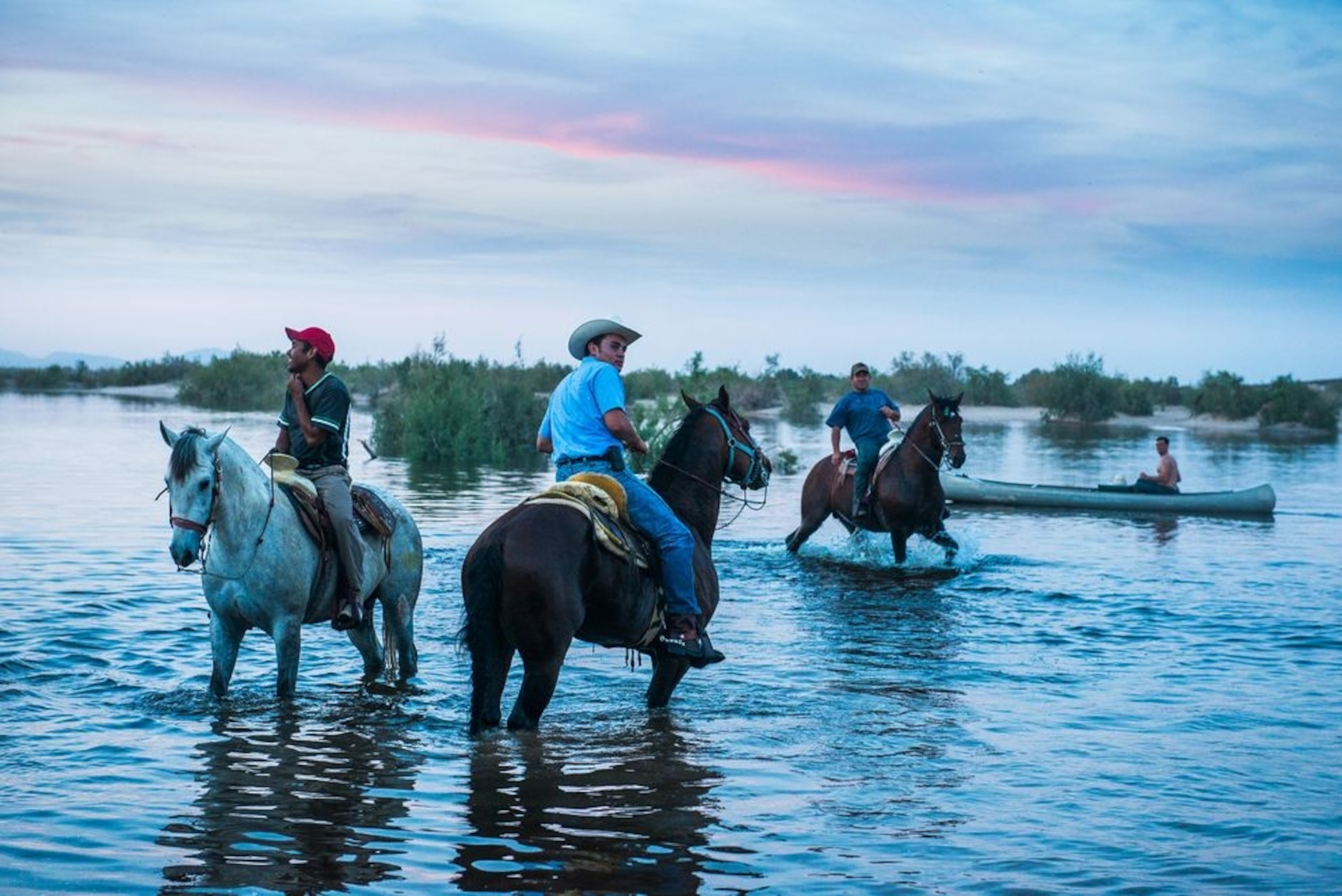
The other third of the water that Minute 319 allocates to the delta, a total of 52,000 acre-feet (65 million cubic meters), will be used to actively restore a few select places of the delta. The water is to be provided by the Colorado River Delta Water Trust—a collaboration of Pronatura, the Sonoran Institute, and Environmental Defense Fund—and delivered as a steady "base flow" to projects like the one at Miguel Alemán, where native vegetation is being deliberately planted and tended.
With the water in the Colorado already spoken for, there is no hope of completely restoring the delta. Instead, the goal is to restore blocks of each type of original habitat, from the riparian forest at Miguel Alemán to brackish marshes in the middle of the delta to mud flats where the river once emptied into the Sea of Cortez (Gulf of California). "These projects will be like stepping-stones for wildlife," Hinojosa Huerta explained.
The Miguel Alemán site was chosen because it has groundwater shallow enough for tree roots to reach, at just six to nine feet (two to three meters) below the surface. The land was loaned by the Mexican federal government, and Patiño convinced the local community to support the project. The village was rewarded with 25 temporary jobs and six long-term jobs at the restoration site, paid for through a Mexican federal jobs stimulus program.
The team hopes to plant 100,000 native trees at Miguel Alemán by 2017, an effort that is about 40 percent complete, thanks in part to local volunteers. The first step was removing invasive salt cedar, which Hinojosa Huerta said "has very low habitat value" for local wildlife. Introduced from Eurasia and Africa a generation ago, salt cedar has proliferated in the dry and salty landscape that the delta has become.
The new trees will need to be watered for two to three years, until their roots grow long enough to reach the groundwater, said Hinojosa Huerta. After that, the site will require only a minimal amount of water, to keep the understory going.

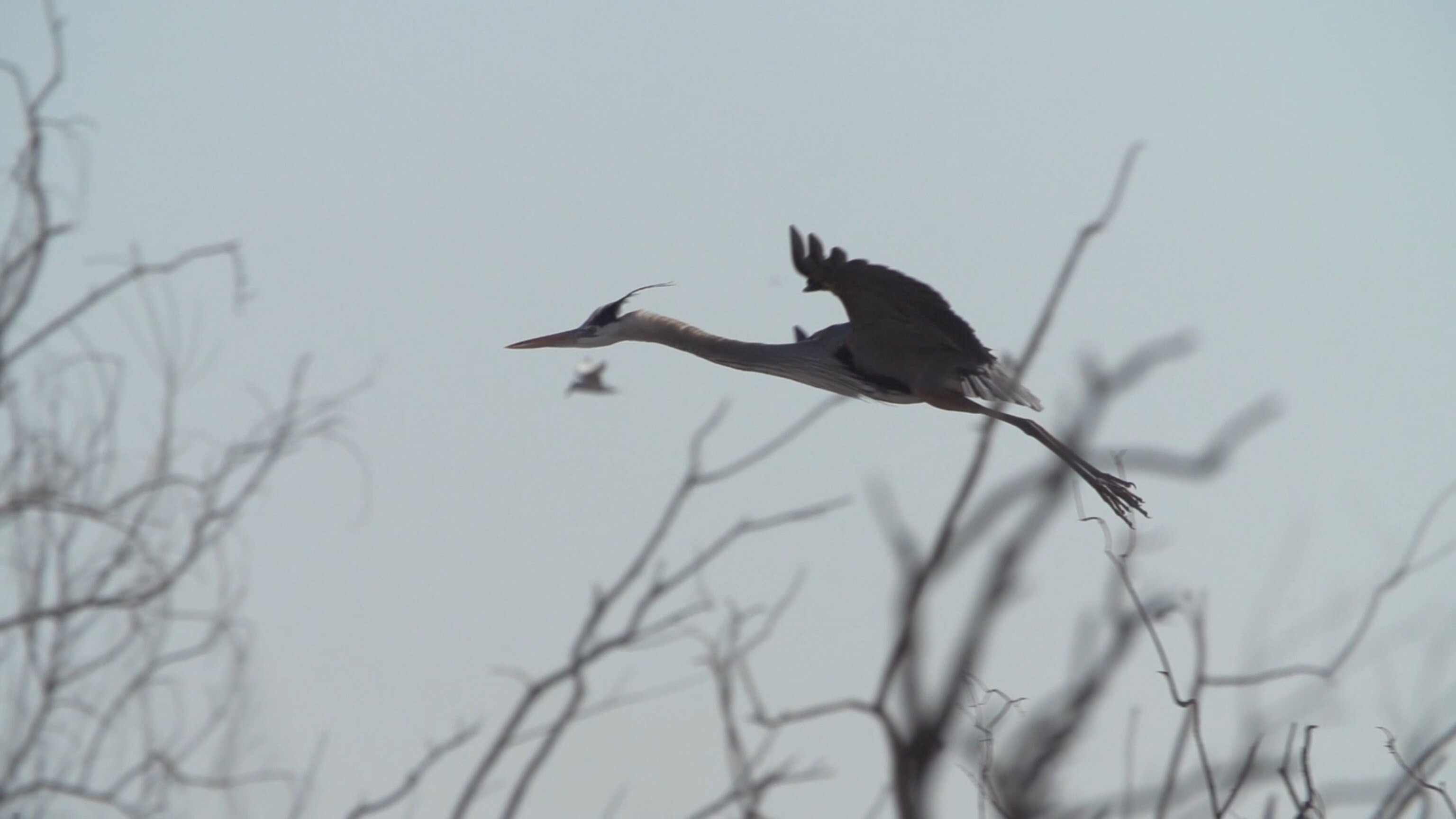
To provide the water, the team ran a new pipe, not to the dry river channel, but to the nearest irrigation canal, about two miles away.
Farmers On Board
The ultimate source of that water is arguably the most innovative aspect of the project. The Colorado River Delta Water Trust is leasing or purchasing water rights on the open market from farmers in the Mexicali Valley.
Although many farmers were skeptical of the project at first, they "have come to appreciate the ecosystem benefits and recharge of groundwater, and many have since donated time, money, or equipment," Hinojosa Huerta said.
So far, the trust permanently owns about 4,450 acre-feet (5.5 million cubic meters) per year of water rights. This year, the trust also leased about 6,480 acre-feet (8 million cubic meters) of water, on the way to its goal of 52,000 acre-feet (65 million cubic meters) in total by 2017.
A significant amount of funding for the trust's water purchases has been provided by Change the Course, a project launched in 2013 by National Geographic, Participant Media, and the Bonneville Environmental Foundation. With donations from corporate sponsors and foundations and the nonfinancial support of 90,000 individual members, Change the Course contributed 3,000 acre-feet (1 billion gallons or 3.8 million cubic meters) of water to the delta in 2014.
It's a drop in the bucket, perhaps—but where it falls, it makes a difference. At Miguel Alemán, Patiño remembered the place in the 1980s, when high snowfall in the Rocky Mountains meant a temporary surplus in the Colorado. The place where he was now tending trees was then a meander filled with water, half a mile east of the river's main channel.
"We used to come here from the village to fish and harvest clams," said Patiño. "But then the water retreated, the trees died, the birds left, and the only thing that was left was salt cedar."
Now he hopes people from his community will eventually be able to fish here again. They might even harvest some of the wood sustainably and collect the mesquite pods for animal feed. The restoration, Patiño said, "has many benefits for wildlife, for our kids, and for our community."
A Greener Future
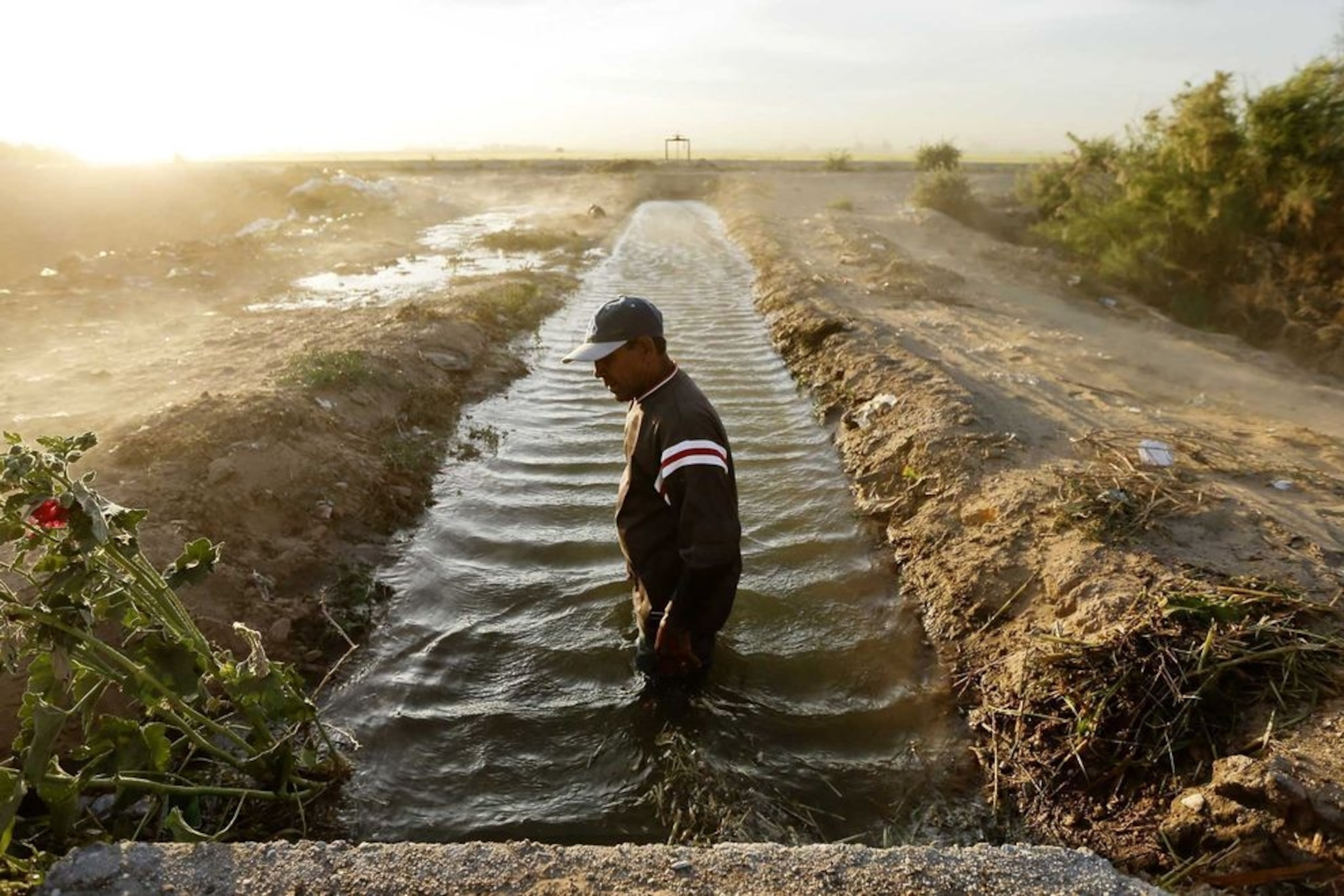
Farther downstream, an active restoration site known as Laguna Grande shows what's possible with a little time and water. There, a lagoon has been restored in a former meander of the Colorado, and over the past three years, some 160 acres of dry salt cedar stands have been transformed into rich riparian habitat and marsh. The restored site will eventually encompass 1,100 acres, said Francisco Zamora, who oversees the project as director of delta programs with the Tucson-based Sonoran Institute.
The regrowth of tens of thousands of native trees at Laguna Grande is possible because of the acquisition of water through the trust, with support from Change the Course. That water can be seen streaming from an irrigation canal, down a narrow concrete channel, and out PVC pipes, where it fills the historic lagoon.
"These base flows are critical to keep the trees alive," said Tomas Rivas Salcedo, a biologist with the Sonoran Institute. "The flows mimic the chronology of the river, which was variable." Rivas Salcedo's mother is from the area and remembers swimming and fishing in the delta, when it was wet and lush.
Now, cattails once again grow 8 feet (2.4 meters) tall around an active beaver lodge and along Laguna Grande's banks, which are topped with 20-foot-tall (6-meter-tall) Freemont cottonwoods, coyote willows, and screwbean mesquites. Our footsteps flushed a family of pheasants, whose brilliantly colored feathers flashed in the late morning light. A red-shafted flicker swooped overhead.
"This is now close to what it looked like in the Colorado River Delta before the dams," said Hinojosa Huerta.
From a blind set up for researchers, we watched a belted kingfisher scan the lagoon. Great white egrets and pelicans waded in the cool water. Coyote and raccoon tracks crisscrossed the mud banks, before petering out in sand as fine as flour. Bobcats have also been seen in the area, said Rivas Salcedo. Jaguars once roamed the delta, but the scientists fear there won't be quite enough restored habitat to support their return.
Yet the success of the restoration sites, says Sandra Postel, proves that the Colorado River Delta "isn't dead." Instead, "it's been dormant, and if you add water it will come back to life."
Help restore water to the Colorado River Basin by joining Change the Course, a project of National Geographic and partners. To return 1,000 gallons to the watershed, sign up online or text "River" to 77177.
Funding for restoration was provided by Change the Course with support from WhiteWaveFoods Company and Coca-Cola, Charter Sponsors, and from Disney, a Supporting Sponsor. Additional funding for Change the Course was provided by the Walton Family Foundation, which provided funds for travel for this article.

